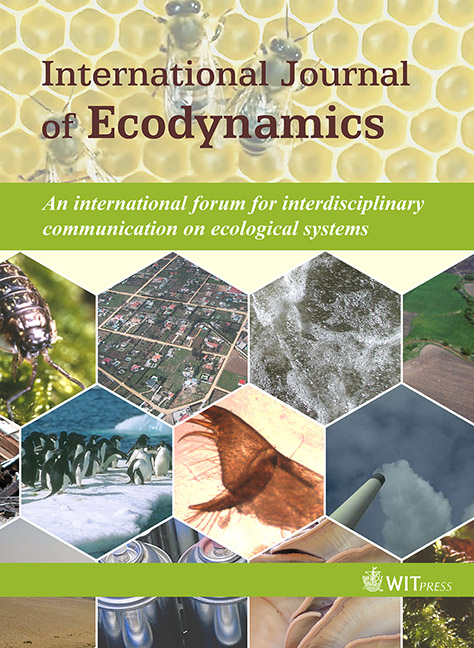Quo vadis thermodynamics and the city: a critical review of applications of thermodynamic methods to urban systems
Price
Free (open access)
Volume
Volume 2 (2007), Issue 4
Pages
8
Page Range
222 - 230
Paper DOI
10.2495/ECO-V2-N4-222-230
Copyright
WIT Press
Author(s)
N. Filchakova, D. Robinson, J.-L. Scartezzini
Abstract
Cities are complex dynamic entities. From a thermodynamic perspective, they represent open systems, constantly importing and exporting energy and matter across their boundaries; the output invariably being less ordered due to irreversible internal processes (dissipation). In analogy to natural ecosystems, the uptake, transport and storage of substances in urban sites as well as their transformation can be considered equivalent to urban metabolism. Apparently inspired by progress that has been made in the study of natural ecosystems, a range of tools based on thermodynamics have recently been applied to better understand this urban metabolism and how it can be optimised. In this paper we review progress that has been made in both domains (i.e. natural and anthropogenic ecosystems). In particular, we consider applications of entropy, energy, exergy and (the quasi-thermodynamic) emergy. We attempt to qualitatively define a seemingly general dichotomy between the explanatory power of a given thermodynamic concept and its calculability. We conclude that whilst thermodynamic considerations indisputably provide a general framework for understanding cities and their evolution, further research is needed for them to become operational representations of urban metabolism and indicators of sustainability. We suggest possible pathways for achieving this.
Keywords
city, entropy, evaluation, open system, sustainable development, thermodynamics




